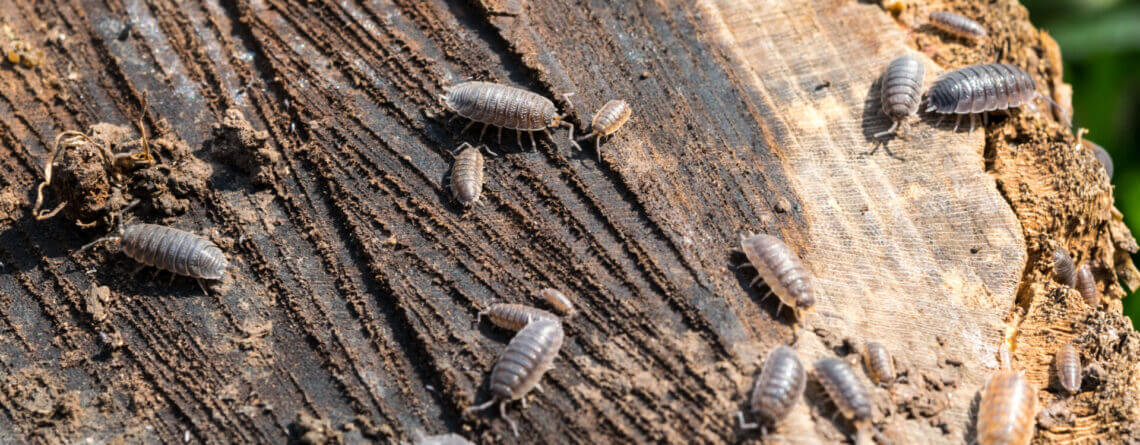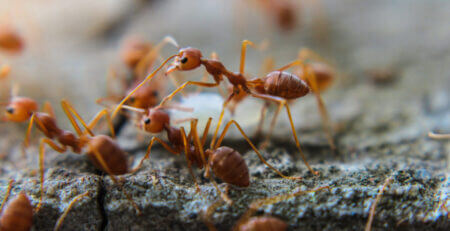Preventing Woodlice Infestations: Effective Strategies for Your Home
Woodlice infestations can be a nuisance, but with proper prevention strategies, you can minimize the risk of these moisture-loving pests taking up residence in your home. By focusing on moisture control, sealing entry points and cracks, ensuring proper ventilation and air circulation, and implementing landscaping tips, you can create an environment that is less appealing to woodlice. In this article, we will explore these effective strategies for preventing woodlice infestations and maintaining a pest-free home.
Moisture Control: A Key to Woodlice Prevention
Woodlice are attracted to moist environments, making moisture control a crucial step in preventing infestations. Here are some key moisture control strategies:
- Fix Water Leaks: Promptly repair any plumbing leaks, including faucets, pipes, and drains, as they can create damp conditions that attract woodlice.
- Reduce Humidity: Use dehumidifiers in areas prone to high humidity, such as basements, bathrooms, and laundry rooms, to maintain optimal moisture levels.
- Proper Drainage: Ensure proper drainage around your home’s foundation to prevent water accumulation near entry points that could attract woodlice.
Sealing Entry Points and Cracks
Woodlice can enter your home through small gaps and cracks. To prevent their entry, focus on sealing these entry points:
- Seal Cracks and Gaps: Inspect your home for any cracks, gaps, or openings in walls, foundations, windows, and doors. Seal them using caulk or weather stripping.
- Secure Vents and Chimneys: Install screens or covers on vents and chimneys to prevent woodlice from accessing these entry points.
- Door and Window Maintenance: Ensure doors and windows are properly sealed, and repair or replace damaged screens to prevent woodlice from entering.
Proper Ventilation and Air Circulation
Good ventilation and air circulation help create an inhospitable environment for woodlice. Follow these guidelines:
- Use Exhaust Fans: Install exhaust fans in bathrooms, kitchens, and laundry rooms to remove excess moisture and improve air circulation.
- Open Windows and Doors: Regularly open windows and doors to promote airflow and reduce humidity levels.
- Inspect and Clean Air Ducts: Regularly inspect and clean air ducts to prevent the build up of moisture, dust, and debris that could attract woodlice.
Landscaping Tips to Deter Woodlice
Implementing certain landscaping practices can help deter woodlice from approaching your home. Consider the following tips:
- Maintain a Dry Perimeter: Trim vegetation and remove mulch from around the perimeter of your home to create a dry buffer zone that discourages woodlice.
- Remove Decaying Organic Matter: Regularly clear away decaying leaves, plant debris, and woodpiles from your yard, as these provide attractive food sources for woodlice.
- Create a Gravel Barrier: Place a gravel barrier between your home’s foundation and garden beds to deter woodlice from migrating into your home.
Conclusion
Preventing woodlice infestations requires proactive measures to control moisture, seal entry points and cracks, improve ventilation and air circulation, and implement landscaping techniques. By focusing on moisture control, such as fixing water leaks and reducing humidity, you can create an environment that is less attractive to woodlice. Sealing entry points, ensuring proper ventilation, and maintaining good airflow further discourage woodlice from entering your home. Additionally, adopting landscaping practices like removing decaying organic matter and creating dry barriers can help deter woodlice from approaching your property. By implementing these effective strategies, you can significantly reduce the risk of woodlice infestations and maintain a pest-free home.











